We would like to know Who is the most important Xmas person (who gives presents to people on Christmas Day) in your country :-)
Czech republic - Ježíšek (Baby Jesus)
Jesus began to give presents in our country in the 16th century. It was St. Nicholas earlier who gave presents on December 6th. Nowadays we have Christmas Eve on December 24 and gifts are given the same day in the evening.
Children in the Czech Republic think that the gifts are given by a baby Jesus. That's not true, in fact, parents give gifts under the Christmas tree. But nobody never saw Baby Jesus. Children write to him a wish list of things they want to find under Christmas tree. Small children give the letter for Baby Jesus behind the window. Jesus is reported to pick it up. But the parents read the letter in the fact and they buy and pack gifts for children. Older children, of course, know the true about Jesus and presents. But we all like to pretend to believe in Jesus as the donator of Christmas presents. ( Valentina and Michaela)
________________________________________________________________________________________________________
Croatia - Isusek (Baby Jesus)
Isusek (Baby Jesus) is the traditional Christmas gift-bringer in Croatia. Children never see Isusek in person, and parents tell them that Isusek will not come and bring presents if they are curious and try to spot it.
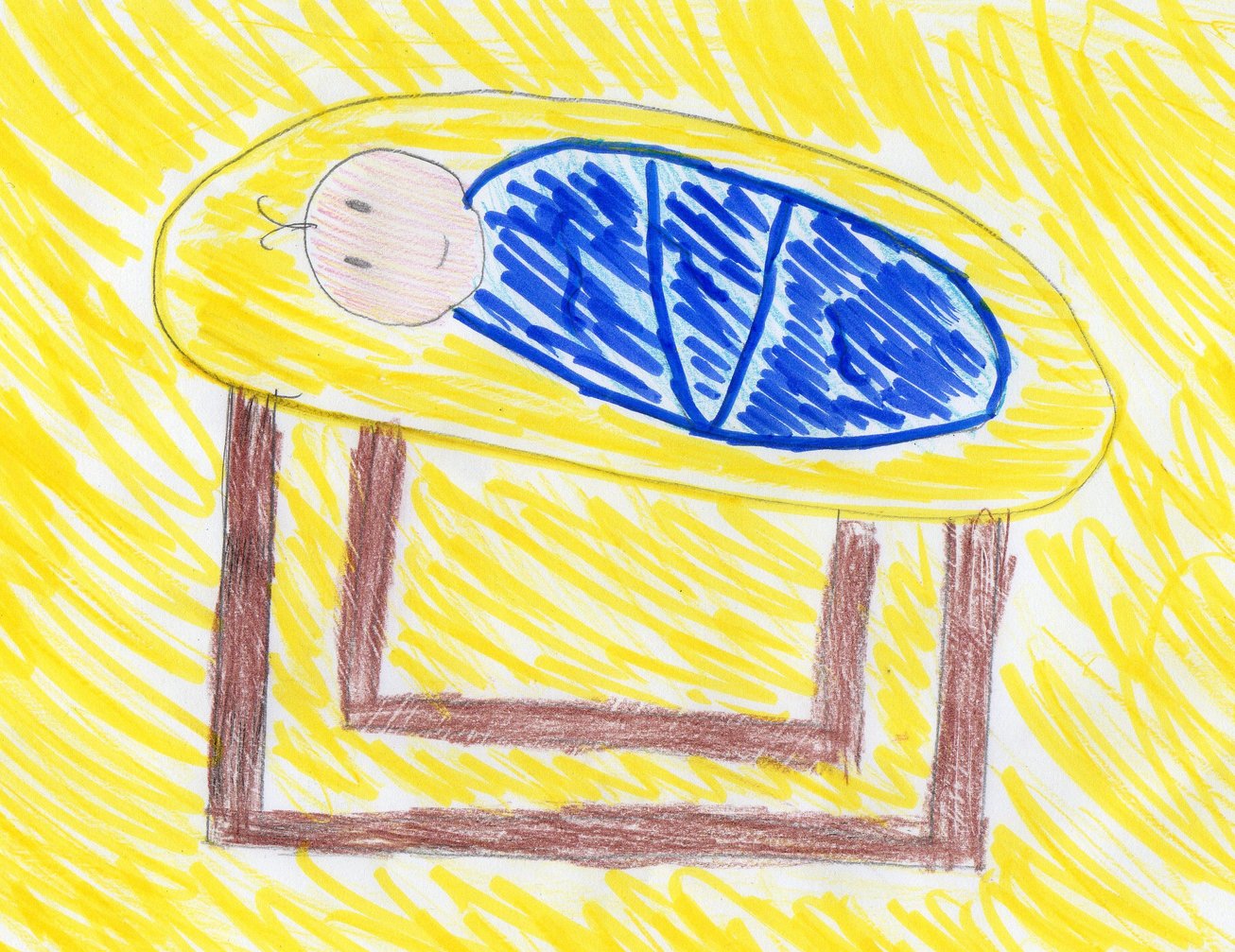
Most Croatians open gifts on Christmas Daqy, but Croatia also recognizes St. Nicholas Day on December 6. On the eve of St. Nicholas' Day, children polish their boots and leave them on the window sill, hoping that St. Nicholas will bring them gifts, usually sweets. But those children who weren't good, polite and obedient to their parents get sticks instead! St. Nicholas is accompanied by Krampus, a hairy demon. While Nicholas rewards the good children, it's Krampus who leaves sticks for the children who behaved badly so that their parents can discipline them!
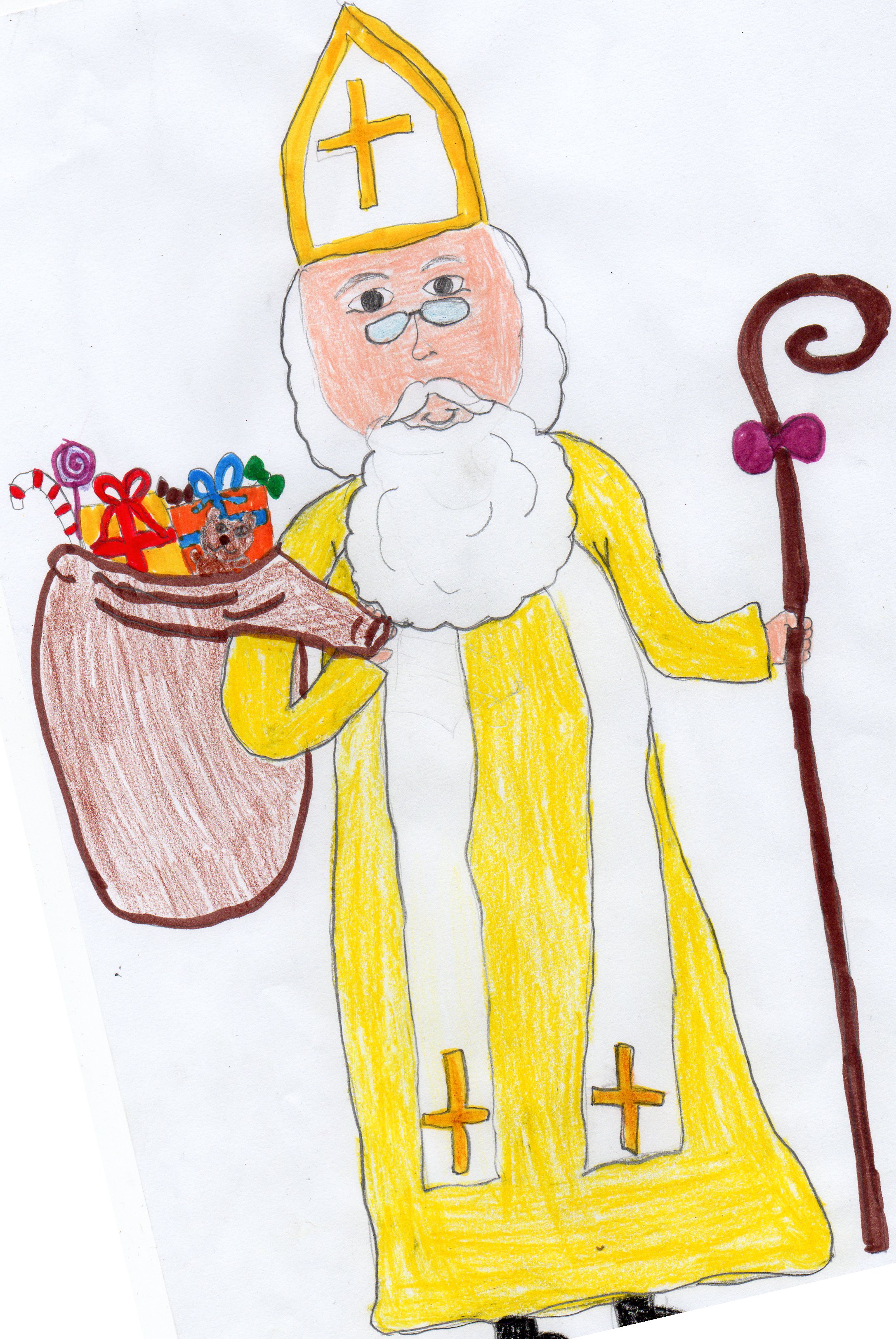
______________________________________________________________________________________________________________________
Greek Santa Claus
Aghios Vasilios (the Greek Santa Claus) comes to Greece and brings the gifts on New Year's Eve because of our religion. Aghios Vasilios, was a bishop who lived in Cappadocia and devoted almost all his life to helping his fellowman. According to tradition, Vasilios was tall, skinny, with black eyes and a beard. He died on January 1379, and the day of his death, according to old Greek tradition, was considered to bring blessings and good luck for the new year to all Christians.
There is place in northern Greece locally known as "Aghion Oros" which means holly mountain. It`s the mount Athos which occupies one part of the Chalkidiki peninsula. Aghion Oros is the oldest surviving monastic community in the world. It dates back more than a thousand years, to Byzantine times. It is a unique monastic republic, which, although part of Greece, it is governed by its own local administration. In some of the monasteries one can find not only the icon of Aghios Vasilios as shown below but also some of his relics.
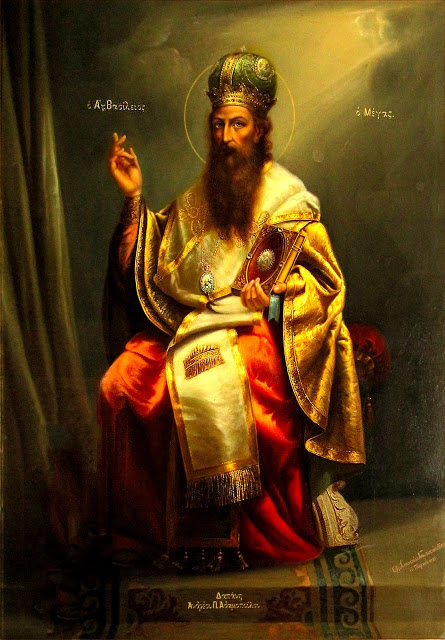
Pupils´drawings of Greek Santa :-)
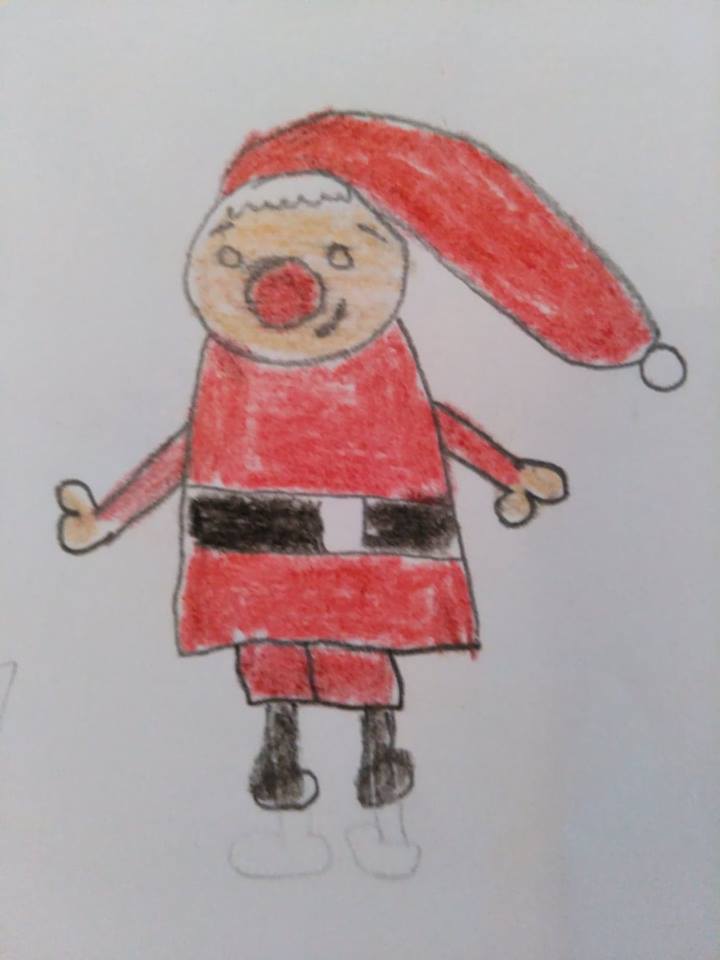
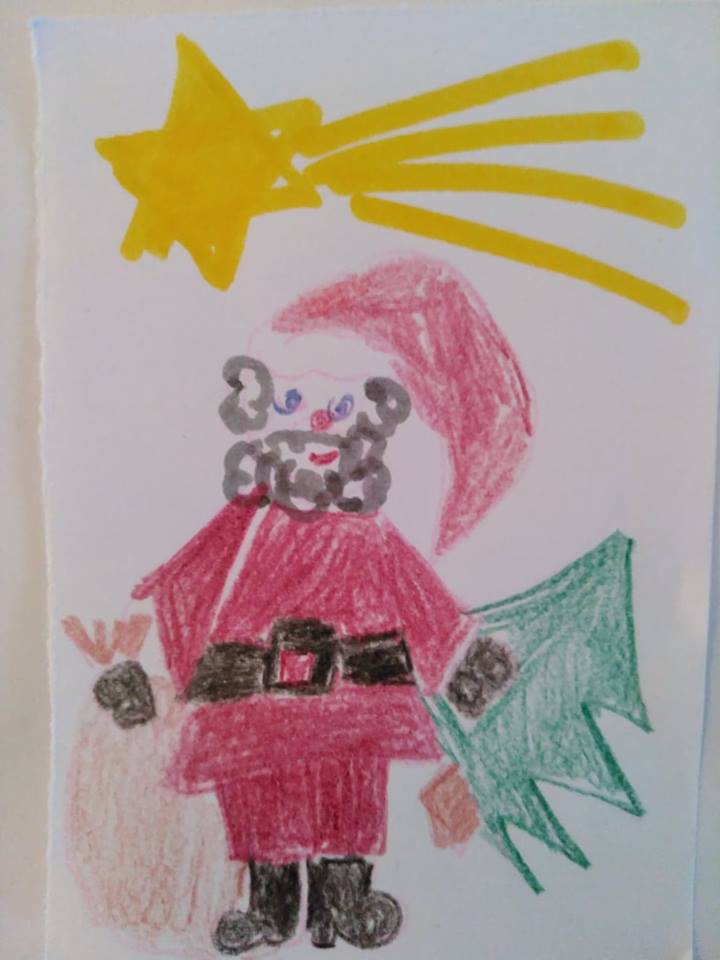
Traditional Christmas characters
“ El Tió” or “Caga Tió” (Christmas shitting log) Catalan tradition
In Catalonia, December 24 is one of the most magical nights of the year. A few days before Christmas, usually on Saint Lucia’s day (December 13), families choose a trunk, which is disguised with a little red sock hat (traditional catalan “barretina”) , slaughtered (with a blanket) and fed (with cookies, orange peels, fruit…) until 24 in the evening or 25 midday.
The children sing the typical song“Caga Tió” song while hitting him with a stick to get the log to 'poo' some presents.
Roumaissa, Nerea and Naiara 6th grade-Barrufet school
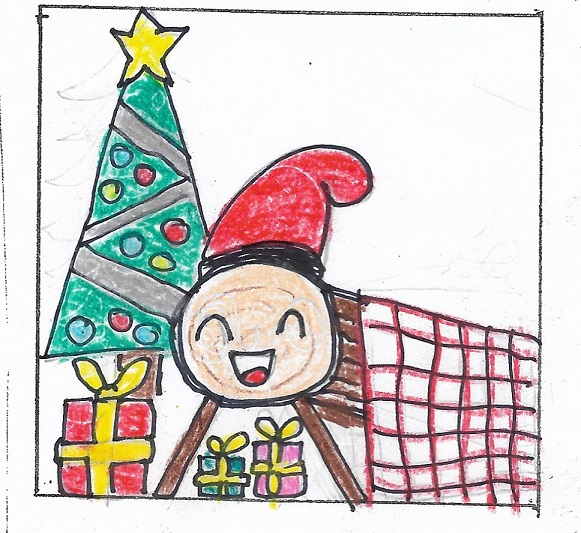
“Els tres reis mags” (The three wise men)
The three kings (also known as the three wise men) are supposed to travel on camel from the East and they bring presents for the boys and girls of the world on January, the 6th. The first king is Melchor, with a white beard, the second is called Gaspar, with a short red beard and the last is Baltasar with his dark skin. The tradition comes from a fragment of the Bible (history of Jesus ). The three kings were going to Bethlehem following a star that showed them the way to see baby Jesus, who had just been born. Upon arriving, these three kings offered three gifts: gold, incense, and myrrh. For this reason, every year, when Christmas approaches, all the children write letters to them and if they behave well they can get some gifts but if they don’t , only carbon. Every year, Three Kings' Day is celebrated on January 6th. It is an Spanish tradition.
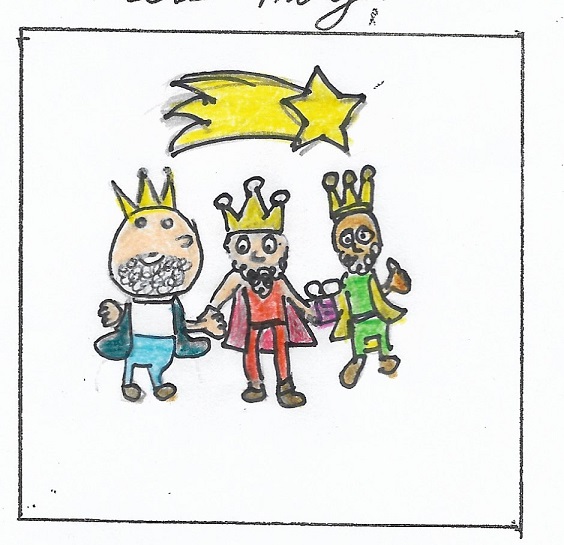
Naiara 6th grade-Barrufet school
“El Caganer” (“The shitter”) Catalan tradition
A “caganer” is a ceramic figure which appears in all the Nativity scences in Catalonia. The name "El Caganer" literally means "the shitter". It is usually placed in the nativity scente hidden in a corner, wearing traditional catalan clothes (the traditional Catalan red cap , called "barretina"),with his trousers down in a position of defecting. This Christmas character “fertilizing the lands” blesses people with a prosperous year.
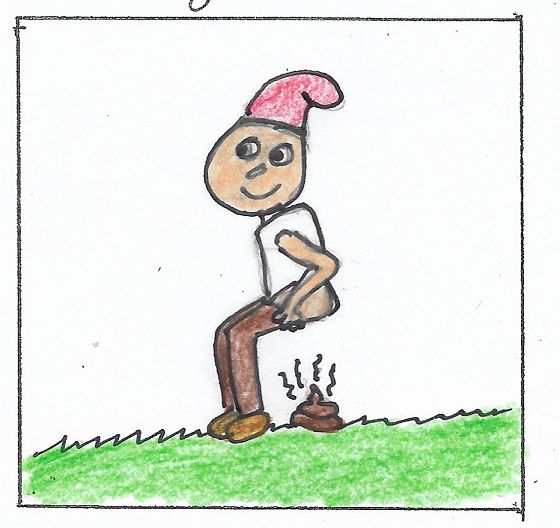
Ana 6th grade-Barrufet school
12 lucky grapes- New Years Eve
It is a Spanish tradition which is celebrated every December. the 31st. It is about eating twelve grapes during the last twelve seconds of the year. To say goodbye to the old year and receive the new year we usually prepare delicious and special dinners, New years eve parties and we eat in family or with friends 12 “lucky” grapes at midnight. Each grape represent one month of the year. As the bells toll in the clock Tower we eat them, one by one. According to tradition, it is believed that if someone finish eating all 12 grapes before the clock finish chiming he will have a prosperous year
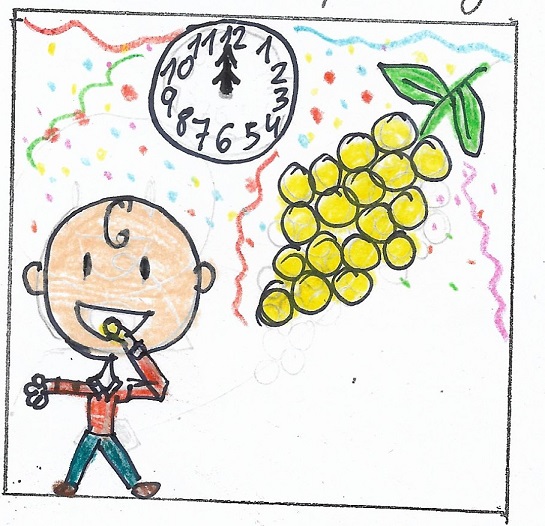
Emilia and Daniel ( 6th grade-Barrufet school)
“Polvorons i torrons”
“Turrón” (a type of almond nougat) is a sweet that is made of almonds, honey and egg, usually cooked. It is the most typical and traditional Spanish sweet in Christmas. “Polvorón” is a specialty prepared from flour, butter, sugar and cinnamon that melts in your mouth. It is a typical Christmas reposter product. It is usually served on a plate accompanied by pieces of turron.
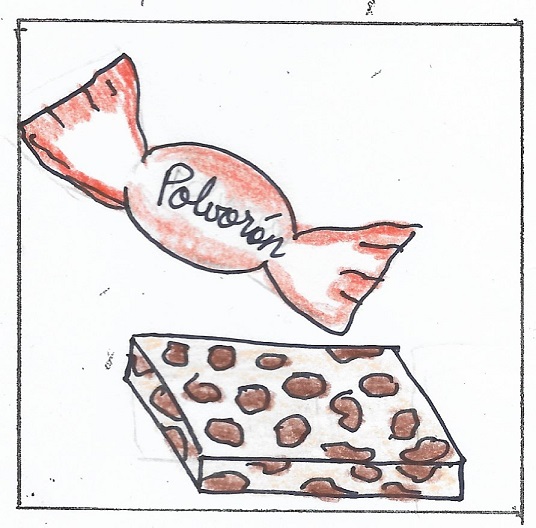
Ainhoa ( 6th grade-Barrufet school)